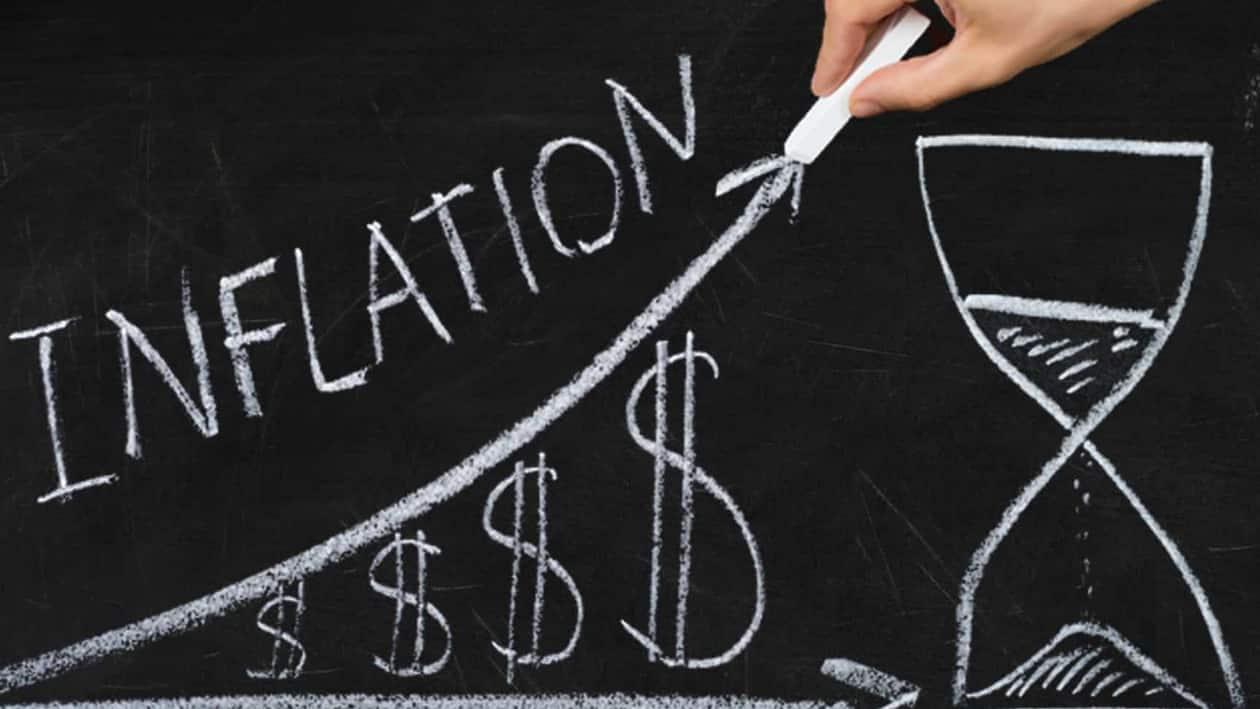On Monday, India's wholesale price index (WPI)-based inflation statistics were announced. These figures reveal a new decline in India's WPI inflation, providing some respite from a protracted trend of rising prices. According to the most recent government reports, this wholesale inflation has decreased to 4.95 percent, which is a new low compared to earlier estimates.
In this article, we aim to simplify the meaning and importance of WPI inflation.
Inflation is the rise in general prices of goods and services over a period of time. It is an economic indicator that is used to measure the health of an economy. The WPI is one of the primary measures used to monitor inflation in India.
What is WPI inflation?
WPI inflation refers to the rate of change in the wholesale prices of a basket of goods and services in a particular market. This is measured by the Wholesale Price Index. It is an important economic indicator that helps to gauge the overall health of an economy.
The WPI is calculated by taking into account the prices of various commodities that are sold in wholesale markets. It captures the changes in the prices of goods traded between manufacturers and wholesalers. It is also used to measure the cost of living in India.
The WPI index was first introduced in 1902 and is one of the oldest indicators of inflation in India. WPI inflation is used by economists and financial analysts to gauge the overall health of the Indian economy.
Why is WPI inflation important?
WPI inflation is important as it helps to assess the performance of a country’s economy. It is a useful tool for policymakers to make decisions regarding economic policies. For example, if the WPI inflation rate is rising, it implies that the economy is in a state of growth and the government may decide to implement an expansionary fiscal policy. On the other hand, if the WPI inflation rate is falling, it could indicate a slowing economy and the government may opt for a contractionary fiscal policy.
WPI inflation also helps to measure the cost of living in India as it has an impact on all sectors of the economy. An increase in the WPI inflation indicates an increase in the cost of production for businesses. This can lead to an increase in the prices of goods and services, resulting in an increase in the cost of living for consumers.
How is WPI inflation calculated?
It is calculated using the following formula:
WPI inflation = (Current month’s WPI - Previous month’s WPI) ÷ Previous month’s WPI × 100
The WPI is based on the average price level of commodities, including food articles, fuel, and manufactured products. The basket is divided into 8 major groups and each group is further divided into 22 sub-groups. A total of 697 commodities are taken into consideration while calculating the WPI.
What are the major components of WPI inflation?
The major components of WPI inflation are primary articles, fuel and power, manufactured products, and other items. Primary articles include food grains, edible oils, vegetables and fruits, and other agricultural products. Fuel and power refer to petroleum products, electricity, and natural gas.
Manufactured products include metals, machinery, textiles, chemicals, and other manufactured goods. Other items include transport services, education, medical care, recreation, communication, and banking and insurance services.
Raghvendra Nath, Managing Director – Ladderup Wealth Management Private Limited, said “WPI inflation eases to 4.95% in December from 5.85% in November and 8.67% in October. It went below 5% for the first time since Feb 2021. The easing of inflation was primarily due to fall in prices of food articles, mineral oils, textile & chemical products. Inflation in primary articles was down to 2.38% from 5.52% in November, fuel & power inflation increased to 18.09% from 17.35%, food index prices inflation slowed to 0.65% vs 2.17% in November.”
“All three major groups – primary articles, fuel & power and manufactured products saw decline in inflation month-on-month from November 2022. The easing of WPI is in line with the latest CPI inflation numbers which decreased to 5.72% in December from 5.88% in November. With signs of easing inflation, it will be a tough task for RBI to decide on the trajectory of interest rates in the next Monetary Policy meeting,” he added.
WPI inflation is an essential indicator of economic activity in India. It is driven by various factors, including supply and demand, government policies, international commodity prices, monsoons and currency movements. An increase in WPI inflation can lead to higher interest rates, making borrowing more expensive for businesses and resulting in slower economic growth.
